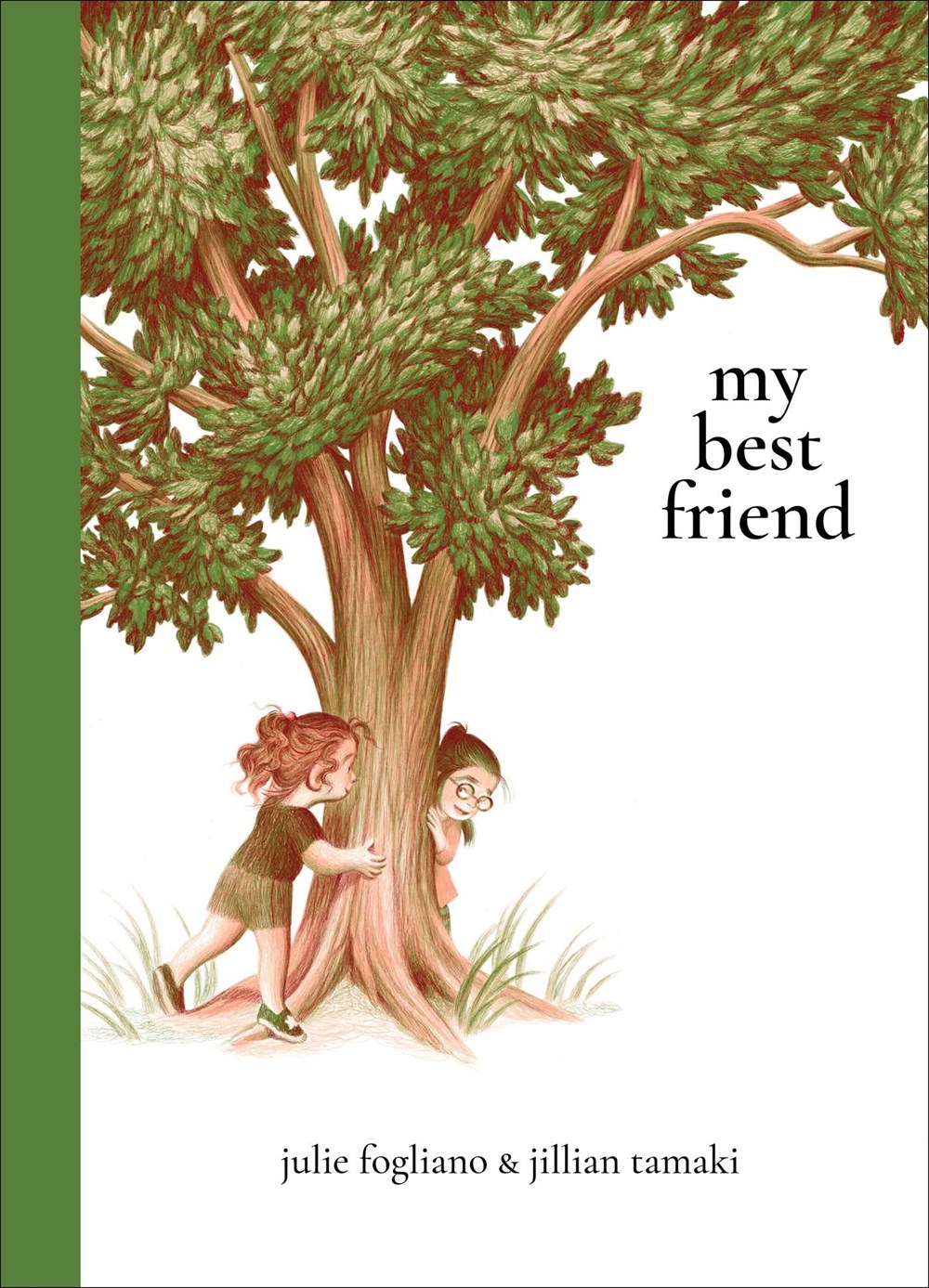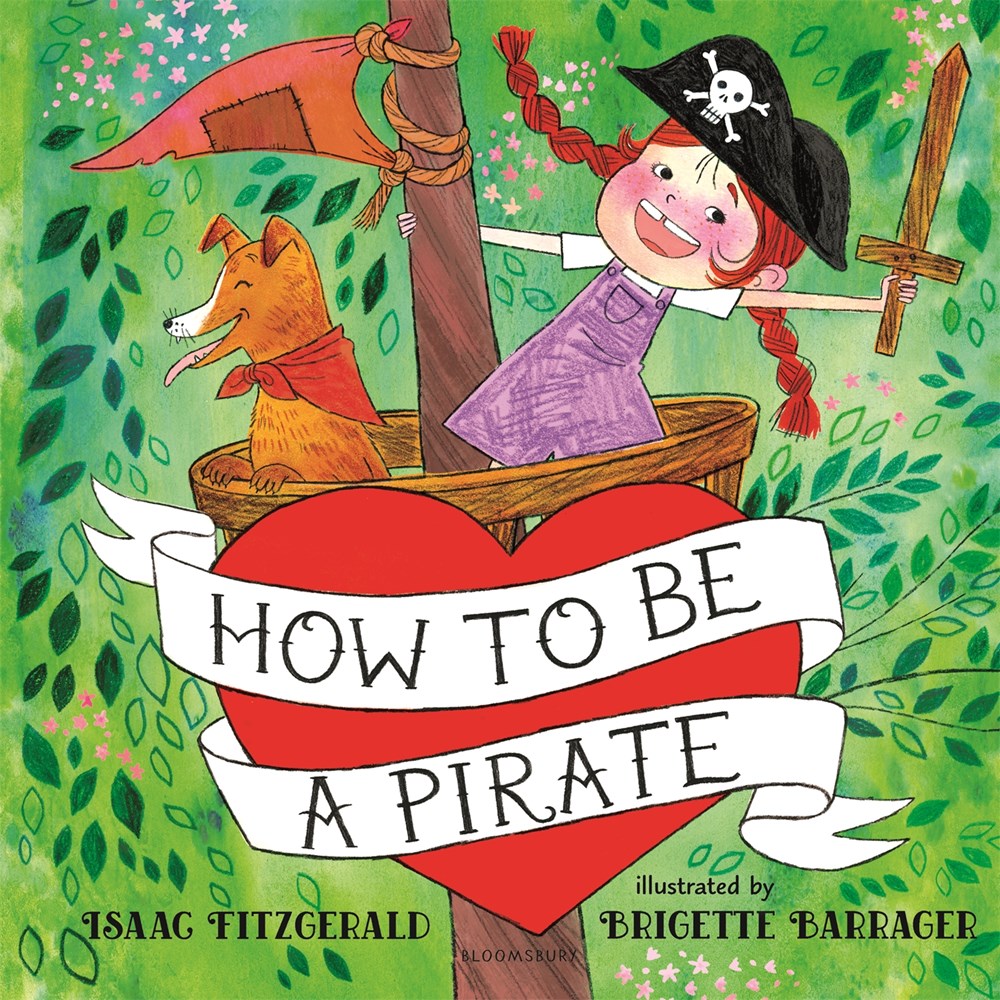Whether you’re waiting for Santa or the winter solstice, these six picture books capture the excitement, wonder and joy of the holiday season.
Collectors of Christmas tales mustn’t miss Dasher, Matt Tavares’ exhilarating chronicle of how Santa went from a single horse to a team of flying reindeer pulling his sleigh. Determined Dasher is the star of this show, escaping from a difficult life in a traveling circus and doggedly finding her way to the North Pole. Tavares excels at Christmas stories (Red & Lulu, The Gingerbread Pirates), and young readers are apt to inhale every word of this yarn. As an illustrator, Tavares is a master of dramatic light, emotion and mood, as well as deep, vibrant color, whether he’s depicting Dasher’s family penned in at the circus or Santa’s sleigh magically lifting up into the air. Dasher is sure to join the stacks of enduring Christmas favorites read by families year after year.
Kids are always trying to outsmart Santa, but young Freddy Melcher hopes to finally succeed in The Great Santa Stakeout. After all, he’s obsessed with St. Nick, dressing in a Santa suit for every holiday—even Talk Like a Pirate Day! This #1 Santa fan is sure he’s got a failsafe plan for capturing a selfie with his idol, and his plan seems thorough, complete with meticulous preparation and blueprints. Betsy Bird’s snappy text enlivens this rollicking, action-packed tale, while Caldecott Medalist Dan Santat’s illustrations dramatically capture Freddy’s wide-eyed excitement. This modern Santa caper will keep the magic alive for young readers counting the days until the big guy shimmies down their chimneys.
On a more serious note, Between Us and Abuela: A Family Story From the Border is a poignant story set at the wall separating Tijuana and San Diego. Young María and her little brother are traveling with their mother by bus. Their destination is an annual day when Border Patrol officials allow groups of people to gather in an area called the enforcement zone to talk and touch fingertips with those on the other side of the border. María and her family are going to see their Abuela, whom they haven’t seen for five years. “For a moment,” María notes, “the fences are invisible”—until she realizes her brother can’t give Abuela the drawing he made for her. Mitali Perkins’ story is a perfect introduction for children to how borders separate families, delicately embracing the reunion’s joy and enduring sadness. Sara Palacios’ illustrations cheerfully capture the love among separated families as well as the realities of the border wall. This superb picture book is a holiday story that deserves to be a year-round read.
While some things are designed to keep people apart, others draw them together. One snowy morning, Bear wakes to a new star on the horizon and knows it’s time to begin his annual search for a special tree in The Bear and the Star. Bear soon finds a majestic evergreen on top of a windswept hill, and as “his call echoed through canyon and valley, between boulder and butte, across prairie and lake,” he summons living creatures far and wide. Lola M. Schaefer’s spare but mesmerizing text invites inclusiveness, as “People put down hammer and hoe, grass and thatch, knife and rice, shield and sword.” Bethanne Andersen’s snowy scenes, reminiscent of Eric Carle’s Dream Snow, beautifully depict the rich reds of the desert, the warmth of tropical fields, a menagerie of species and a glorious array of people. The Bear and the Star is a stunning and universal tribute to peace, joy, love and winter celebrations.
Years ago, Susan Cooper wrote a beloved poem that has remained a mainstay of John Langstaff’s phenomenal theatrical production Christmas Revels, performed each year across the country (see it if you can!). Now transformed into a picture book, The Shortest Day is a joyful and timeless celebration of the winter solstice that will surely become a classic. Even very young children will enjoy Cooper’s splendid, stately words: “And everywhere down the centuries of the snow-white world / Came people singing, dancing, / To drive the dark away.” The multitalented, Caldecott Honor-winning Carson Ellis (Du Iz Tak?) is the perfect illustrator for this project, using muted colors to accentuate the changing interplay between the sun and surrounding darkness. Beginning with a scene of prehistoric people and a godlike sun figure walking the earth, Ellis echoes the sweep of ages so prevalent in Cooper's poem, showing a progression of people and homes, ending with a modern house and children. In a helpful author’s note, Cooper explains both solstice celebrations and the evolution of her poem. In her words, “Welcome Yule!”
When Little Redbird injures her wing and can’t fly south for the winter, she seeks shelter in several hardwood trees, who all turn her down. Happily, the evergreen trees welcome her with open boughs in Why Evergreens Keep Their Leaves. Annemarie Riley Guertin’s text is a lively retelling of this holiday legend, while Helena Pérez Garcia’s illustrations burst off the page with beautifully vibrant colors and intriguing textures, design and depth. In a not-so-easy feat, Garcia instills all of these trees with plenty of personality without resorting to anthropomorphism. This story, which never grows old, is not only a visual delight but a well-told and timely tale of kindness.



 Sunny Day: A Celebration of the “Sesame Street” Theme Song written by Joe Raposo
Sunny Day: A Celebration of the “Sesame Street” Theme Song written by Joe Raposo Daniel’s Good Day written and illustrated by Micha Archer
Daniel’s Good Day written and illustrated by Micha Archer Saturday
Saturday



 It Began With a Page: How Gyo Fujikawa Drew the Way written by Kyo Maclear, illustrated by Julie Morstad
It Began With a Page: How Gyo Fujikawa Drew the Way written by Kyo Maclear, illustrated by Julie Morstad Paper Son: The Inspiring Story of Tyrus Wong, Immigrant and Artist written by Julie Leung, illustrated by Chris Sasaki
Paper Son: The Inspiring Story of Tyrus Wong, Immigrant and Artist written by Julie Leung, illustrated by Chris Sasaki Hi, I’m Norman: The Story of American Illustrator Norman Rockwell written by Robert Burleigh, illustrated by Wendell Minor
Hi, I’m Norman: The Story of American Illustrator Norman Rockwell written by Robert Burleigh, illustrated by Wendell Minor


 Overground Railroad
Overground Railroad A Ride to Remember
A Ride to Remember Big Papa and the Time Machine
Big Papa and the Time Machine


 An Ordinary Day
An Ordinary Day  Are Your Stars Like My Stars?
Are Your Stars Like My Stars?

 My Best Friend
My Best Friend How to Be a Pirate
How to Be a Pirate
 All Around Bustletown: Summer
All Around Bustletown: Summer Everybody Counts: A Counting Story From 0 to 75
Everybody Counts: A Counting Story From 0 to 75  All Along the River
All Along the River What a Masterpiece!
What a Masterpiece!











